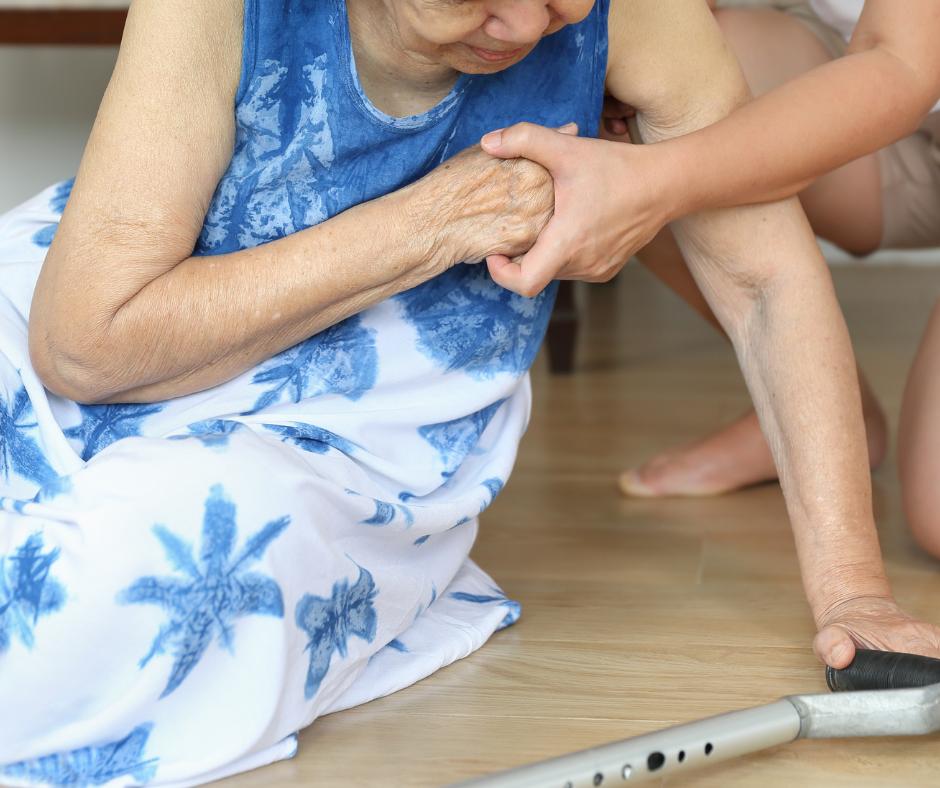SHARES

John suffered from diabetes for 12 years. Recently, he experienced pain in his legs while walking, which usually disappears after a few minutes of resting. During his visit at the clinic, the doctor did physical examinations to detect weakened pulses and unhealed wounds at his legs. The doctor also obtained ankle-brachial index (ABI) by comparing the blood pressure in the ankle and the arm. With these findings, he was then diagnosed with peripheral arterial disease (PAD).
How does PAD affect the legs?
In someone with PAD, the limbs do not receive enough blood supply due to narrowed arteries, which is one of the complications of diabetes. Usually, the legs will be affected. Hence, with reduced blood flow, the muscles in the legs cannot keep up with the demand for more oxygen. This results in leg pain, with symptoms ranging from thigh and muscle cramps when walking or exercising to leg pain when lying down. However, with sufficient resting, the muscles usually recover from lack of oxygen, and the pain subsides.
While PAD is not exclusive to diabetic patient, having high blood sugar can initiate the deposition of fatty substances on the inner walls of the arteries, the blood vessels that supply oxygenated blood. As these materials accumulate over time, the arteries become increasingly narrowed, leading to the obstruction of blood flow. Besides leg pain, restricted blood supply can impair wound healing at the foot in more severe cases. This can contribute to infected non-healing wounds and gangrene (death of skin and soft tissues). If left untreated, patients can end up with major limb amputations.
How to treat PAD?
Patients with both PAD and diabetes are required to maintain good blood sugar control. This can be achieved through healthy diet, exercise and medications. The other treatments to manage PAD include:
- Medications
Blood-thinning medications, such as aspirin or clopidogrel, are prescribed to reduce the risk of blood clot formation. If a portion of fatty substances breaks off from the deposit, a blood clot can develop, leading to arterial blockage. These medications help to prevent platelets from sticking together, contributing to lower risk of blood clot.
- Surgery & procedures
Revascularisation, a procedure to restore the blood flow of the arteries, may be recommended to patients with more severe PAD. Traditionally, a surgery to create a bypass using blood vessel from other parts of the body was performed. Newer and less invasive procedures using angioplasty (inflation of balloon in artery) and stents can also be used to keep the arteries open.
Do you have leg pain?
Many people dismissed leg pain as normal progress of aging. Nevertheless, pain in the leg ought to be an alarm towards a more serious health issue, such as PAD. With timely intervention, you don’t have to lose your legs to diabetes.
Acknowledgement:
Dr. Benjamin Chua Soo Yeng, vascular surgeon at The Vascular & Intervention Centre, who has contributed to this article.
Reference:
- Peripheral artery disease (PAD). [Internet] [cited 2018 July 9] Available from: https://www.mayoclinic.org/diseases-conditions/peripheral-artery-disease/symptoms-causes/syc-20350557
- Peripheral arterial disease (PAD). [Internet] [cited 2018 July 9] Available from: https://www.nhs.uk/conditions/peripheral-arterial-disease-pad/#symptoms-of-peripheral-arterial-disease
- Peripheral arterial disease (PAD). [Internet] [cited 2018 July 9] Available from: https://www.nhs.uk/conditions/peripheral-arterial-disease-pad/treatment/
If you would like to make an appointment with a vascular surgeon:
Find a vascular surgeon in Singapore, on GetDoc
Find a vascular surgeon in Malaysia, on GetDoc
by Joanne Lee
Multipotentialite. Loves creating and seeing ideas come alive. View all articles by Joanne Lee.






